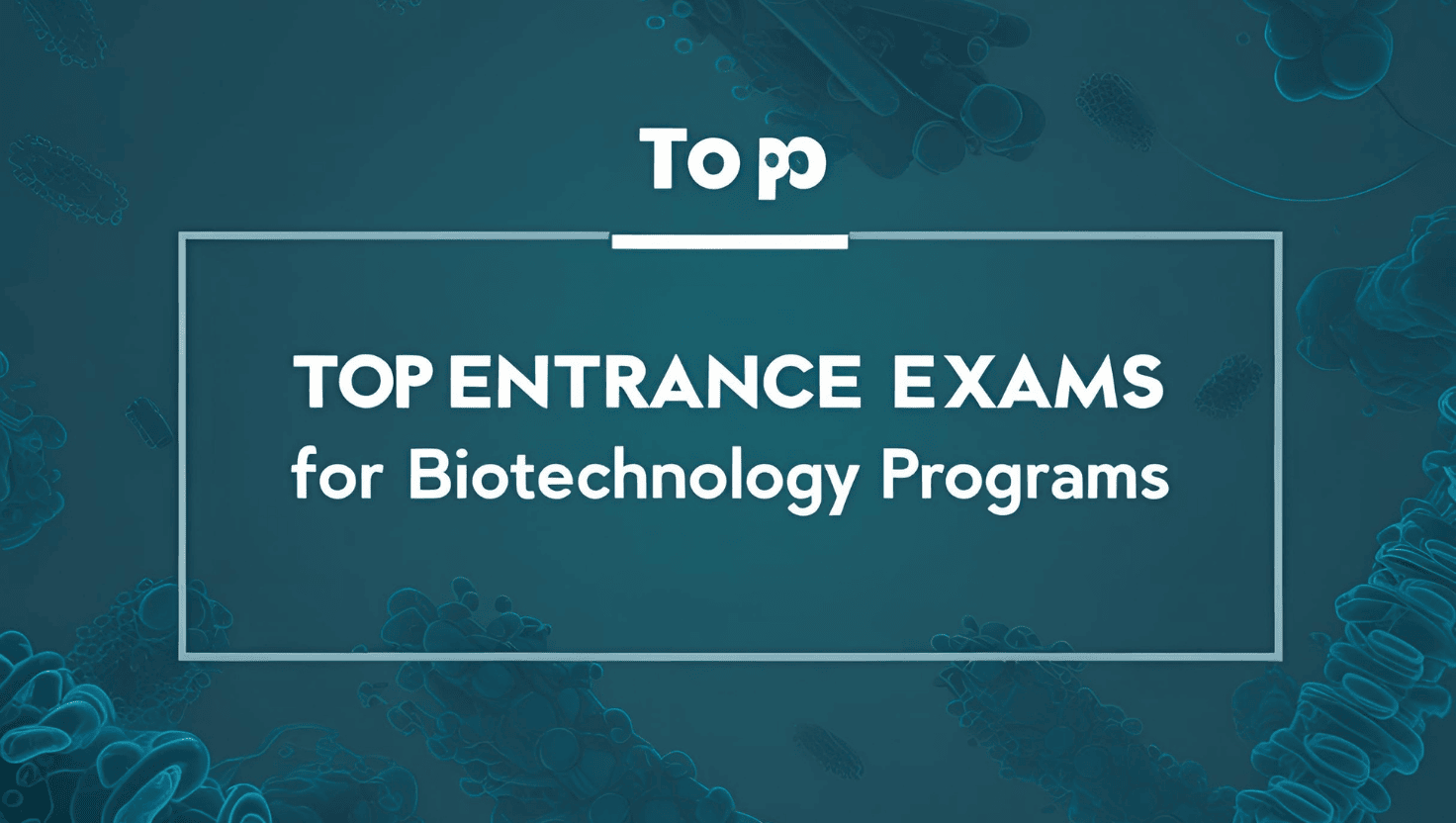Wet And Dry Labs all you need to know
Here we have shared basic to advance details about Wet and Dry Labs just check out and know the differences between wet and dry labs

Laboratories are hubs of innovation and discovery, where scientists and researchers conduct experiments, analyze data, and make groundbreaking discoveries. Wet and dry labs are two types of laboratories essential in different fields of study, including biology, chemistry, physics, and engineering.
What Is A Wet Lab?

Wet labs, also known as wet laboratories or wet research facilities, are spaces where experiments are conducted using liquids, chemicals, and biological materials. These labs typically require specialized equipment, such as pipettes, centrifuges, and fume hoods, to handle and analyze liquids, perform chemical reactions, and study living organisms. Wet labs are commonly used in research areas such as molecular biology, biochemistry, pharmacology, and microbiology.
What Is The Dry Lab?

Dry labs, also known as computational laboratories or dry research facilities, are spaces where experiments are conducted using computer simulations, data analysis, and computational methods. These labs typically require high-performance computers, software tools, and data storage systems to analyze and interpret data, build models, and conduct simulations. Dry labs are commonly used in research areas such as bioinformatics, data science, computer science, and artificial intelligence.
Types of Wet Lab

Wet labs in the pharmaceutical industry

Wet labs play a critical role in the pharmaceutical industry, particularly in drug discovery and development. Pharmaceutical companies rely on wet labs to conduct experiments that involve the synthesis, analysis, and testing of potential drug candidates. Wet labs provide controlled environments for studying the pharmacological properties, efficacy, and safety of drug candidates before they are tested in clinical trials.
Advancements in wet lab research have led to the development of high-throughput screening techniques, which enable researchers to screen large libraries of compounds for potential drug candidates quickly. Wet labs also play a crucial role in the quality control and testing of drugs during the manufacturing process to ensure their safety, efficacy, and compliance with regulatory standards.
However, wet lab research in the pharmaceutical industry also faces high costs, long development timelines, and stringent regulatory requirements. Despite these challenges, wet labs continue to be at the forefront of drug discovery and development, contributing to the advancement of medicine and improving human health.
Wet Labs in Biotechnology

Biotechnology is another field where wet labs play a vital role. Wet labs are used in various biotechnological applications, including genetic engineering, gene editing, and cloning. Researchers in biotechnology use wet labs to manipulate DNA, proteins, and other biological molecules to develop new products, technologies, and solutions.
In wet labs, researchers may use techniques such as polymerase chain reaction (PCR), DNA sequencing, gene expression analysis, and protein purification to study and modify genetic material. Wet labs also play a crucial role in developing genetically engineered organisms, such as genetically modified crops, and producing recombinant proteins for therapeutic or industrial purposes.
Ethical considerations are also important in wet lab research in biotechnology, particularly regarding genetically modified organisms and gene editing technologies such as CRISPR-Cas9. Researchers must adhere to established guidelines and regulations to ensure the responsible and ethical use of biotechnological techniques in wet labs.
Wet Labs in Academic Research

Wet labs are an essential component of academic research in various disciplines, including chemistry, biology, physics, and engineering. Academics use wet labs to conduct experiments, generate data, and contribute to advancing knowledge in their respective fields.
In wet labs, researchers may conduct fundamental research to understand the underlying principles of natural phenomena or develop new materials, technologies, or therapies. Wet labs in academia also provide opportunities for graduate students and early-career researchers to gain hands-on experience and develop their skills in conducting experiments and analyzing data.
Collaboration and knowledge sharing are also crucial in wet labs in academia. Researchers often collaborate with colleagues from disciplines, institutions, or countries to tackle complex research questions and share expertise. Wet labs serve as hubs of innovation and collaboration, driving advancements in various fields of study.
Types of Dry Labs

Simulated Labs

Simulated labs use computer simulations to replicate real-world experiments and scenarios. They provide a virtual environment where students can manipulate variables, perform experiments, and observe the outcomes in a controlled and safe manner. Simulated labs are widely used in physics, chemistry, and biology to teach concepts such as motion, chemical reactions, and cellular processes.
Programming Labs

Programming labs allow students to practice coding and programming skills virtually. They provide a platform where students can write, test, and debug code and gain hands-on experience in programming languages such as Java, C++, and Python. Programming labs are commonly used in computer science and engineering courses to teach programming concepts and develop coding skills.
Virtual Reality (VR) Labs

Virtual Reality (VR) labs provide an immersive experience where students can interact with virtual objects and environments in a three-dimensional space. VR labs are used in various fields, such as engineering, architecture, and medicine, to simulate real-world scenarios and allow students to practice skills in a realistic virtual environment.
Data Analysis Labs

Data analysis labs use virtual datasets and statistical software to teach students how to analyze and interpret data. Students can practice data analysis techniques, such as data visualization, statistical modelling, and hypothesis testing, in a virtual environment without physical data. Data analysis labs are commonly used in statistics, business, and social sciences.
Difference Between Wet and Dry Labs

Wet and dry labs are two distinct types of laboratory environments used in research and experimentation. While both are essential in advancing scientific knowledge, they differ significantly in their approaches and methodologies.
Wet Labs

Wet labs, as the name suggests, involve hands-on experimentation with liquids, chemicals, and biological materials. They are commonly used in fields such as molecular biology, biochemistry, pharmacology, and microbiology, where researchers conduct experiments to study DNA, proteins, cells, and tissues and analyze chemical reactions. Wet labs typically require physical space for lab setup and maintenance, and researchers follow safety regulations and protocols for handling hazardous materials.
Dry Labs

Dry labs, conversely, are centred around the computational analysis and modelling of data. They involve data mining, integration, and visualization using computational techniques and are commonly used in fields such as bioinformatics, data science, computer science, and artificial intelligence. Dry labs require computational infrastructure for data storage and processing, and researchers follow data security and privacy protocols for handling sensitive information.
The main differences between wet and dry labs are:
- Experimental Approach: Wet labs involve hands-on experimentation with biological materials, chemicals, and liquids, while dry labs focus on computational analysis and modelling of data.
- Physical Space: Wet labs require physical space for lab setup and maintenance, while dry labs require computational infrastructure for data storage and processing.
- Safety Regulations: Wet labs have safety regulations and protocols for handling hazardous materials, while dry labs have data security and privacy protocols for handling sensitive information.
- Equipment and Consumables: Wet labs require specialized equipment, consumables, and reagents, while dry labs require software tools and computing resources.
- Research Fields: Wet labs are commonly used in molecular biology, biochemistry, pharmacology, and microbiology, while dry labs are commonly used in bioinformatics, data science, computer science, and artificial intelligence.
Challenges in Wet Labs

While wet labs play a critical role in scientific research, they also face challenges. Some of the challenges in wet labs include:
- Cost: Wet labs require significant investments in equipment, reagents, and infrastructure, which can be expensive to set up and maintain. Funding constraints may limit access to state-of-the-art equipment or hinder research progress.
- Safety: Wet labs deal with hazardous materials and require strict adherence to safety protocols to prevent accidents or contamination. Failure to follow safety regulations can result in risks to researchers and the environment.
- Time: Wet lab experiments often require time-consuming procedures, such as sample preparation, data analysis, and validation, which can delay research progress.
- Reproducibility: Reproducibility is a crucial aspect of scientific research, but it can be challenging in wet labs due to variations in experimental conditions, equipment, and techniques.
- Ethical considerations: Wet labs in fields such as biotechnology and healthcare require adherence to ethical guidelines, particularly when dealing with human or animal samples, genetically modified organisms, or sensitive information.
Challenges in Dry Labs

Some of the challenges in dry labs include:
1. Lack of Physical Experience: Dry labs do not provide the same tactile experience as traditional wet labs, as students do not physically handle materials, chemicals, or equipment.
2. Limited Realism: Virtual simulations may not fully replicate the complexity and unpredictability of real-world experiments, limiting the realism of the learning experience.
3. Technical Requirements: Dry labs require access to computers, software, and internet connectivity, which may pose challenges for institutions with limited resources or inadequate infrastructure.
4. Learning Curve: Students may require time to adapt to the virtual environment and learn how to use the software and simulations effectively.
Conclusion
In conclusion, wet labs and dry labs are two different approaches to scientific research, each with its strengths and limitations. Wet labs involve physical experimentation with samples and chemicals, providing opportunities for real-time observations and hands-on learning.
On the other hand, dry labs involve data analysis, simulations, and computational modelling, offering cost-effectiveness, accessibility, reproducibility, and scalability.
When choosing between wet labs and dry labs, researchers and institutions need to carefully consider the nature of their research, available resources, safety considerations, and data requirements.
Both wet labs and dry labs have their place in scientific research, and a combination of both approaches can lead to more comprehensive and impactful research outcomes.
Also read the following:
The best sample papers for ISC Class 12 Science Board exams
Making revision notes and note-making strategy
Methods of Note-Taking To Improve Efficiency
Share and subscribe to the blog by email.




Comments ()